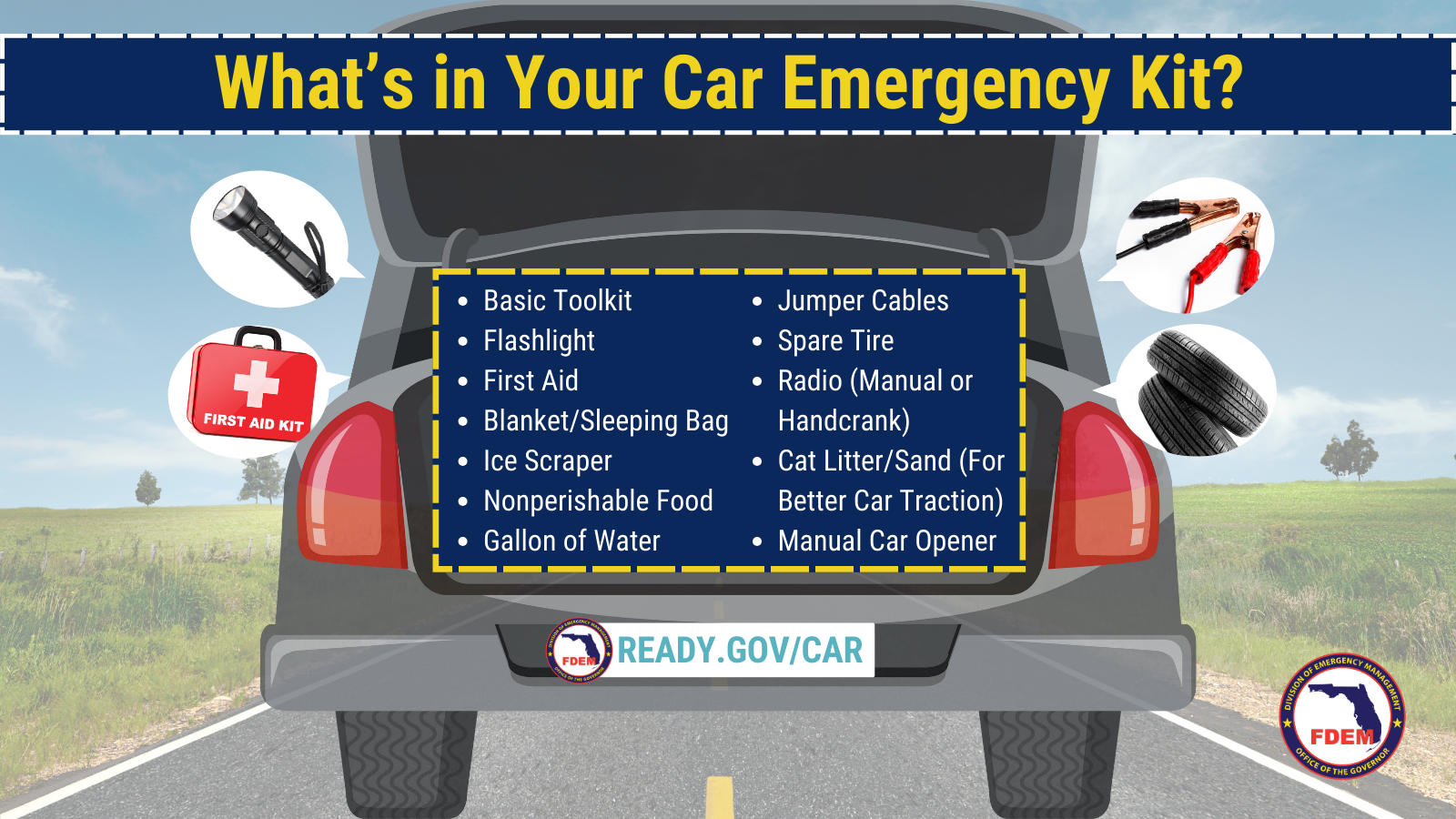January Winter Storm
When cold weather is in the forecast, it is important to remember the “5 P’s of Cold Weather Safety.” The 5 P’s are:
Protect People: Remember to dress in layers and wear a hat and gloves. It is important to try to stay out of the wind and to stay dry.
Protect Pets: If cold weather is in the forecast, be sure to bring outdoor pets inside or give them a warm shelter to stay in.
Protect Plants: Cover cold sensitive plants to protect them from the dangerous temperatures.
Protect Pipes: Cover pipes and allow outdoor faucets to slowly drip to prevent them from freezing and breaking.
Practice Fire Safety: Use safe heating sources indoors. Do not use fuel-burning devices such as grills; they release carbon monoxide, which is a deadly gas. Also, make sure to use space heaters according to their instructions and be attentive to open flames.
In accordance with ![]() section 252.358, Florida Statutes, emergency-preparedness prescription medication refills:
section 252.358, Florida Statutes, emergency-preparedness prescription medication refills:
- All health insurers, managed care organizations, and other entities that are licensed by the Office of Insurance Regulation and provide prescription medication coverage as part of a policy or contract shall waive time restrictions on prescription medication refills, which include suspension of electronic “refill too soon” edits to pharmacies, to enable insureds or subscribers to refill prescriptions in advance, if there are authorized refills remaining, and shall authorize payment to pharmacies for at least a 30-day supply of any prescription medication, regardless of the date upon which the prescription had most recently been filled by a pharmacist when the following conditions occur:
- The person seeking the prescription medication refill resides in a county that:
- Is under a hurricane warning issued by the National Weather Service;
- Is declared to be under a state of emergency in an executive order issued by the Governor; or
- Has activated its emergency operations center and its emergency management plan.
- The prescription medication refill is requested within 30 days after the origination date of the conditions stated in this section or until such conditions are terminated by the issuing authority or no longer exist. The time period for the waiver of prescription medication refills may be extended in 15- or 30-day increments by emergency orders issued by the Office of Insurance Regulation.
This section does not excuse or exempt an insured or subscriber from compliance with all other terms of the policy or contract providing prescription medication coverage.
For all school closures, visit the Florida Department of Education Storm Info Page.
The Florida Department of Environmental Protection has published a storm updates webpage to keep state park visitors updated of closures: FloridaStateParks.org/Get-Involved/Winter-Storm-Updates.
Updates on closures and business resources are consistently being updated at www.FloridaDisaster.biz.
Find a live map of road conditions at FL511.
Remember, the safest thing to do is to stay off the road. Know before you go! Keep an emergency supply kit in your car, don't drive when weather conditions are unsafe, and adjust your driving style to be extra cautious and for potentially icy roads.



